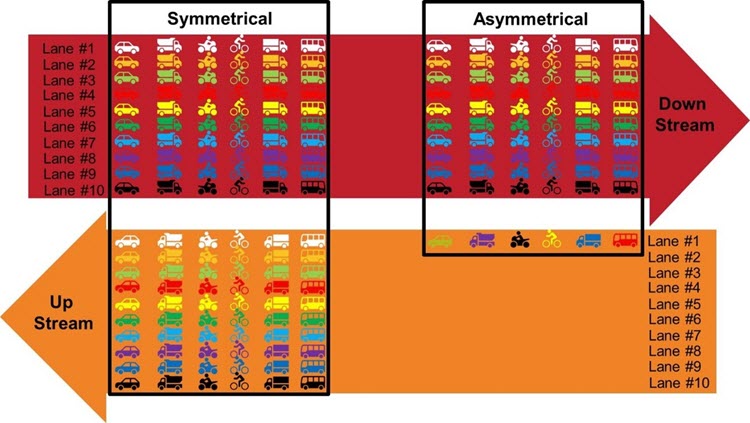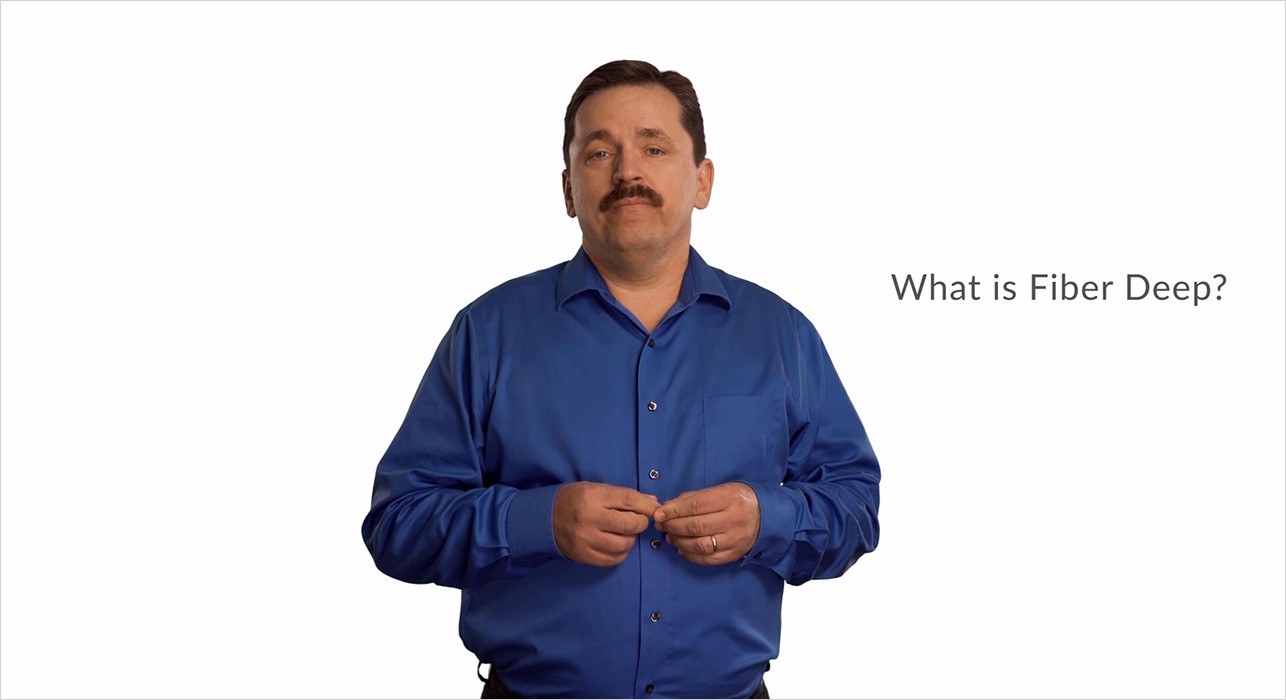Speeding up the Network Edge with Fiber Deep
We’ve all done it, tested our internet speed, and waited for the results. As an internet user, those results will be one of two things, your upload and download speeds are close to being identical (symmetrical), or uploads are only a fraction as download speed (asymmetrical). Most Internet users fall in the latter category of the asymmetrical world.
The reason most internet connections are asymmetrical today is because as users we do a lot more downloading than uploading. For example: Netflix, DIRECTV NOW, Sling, Hulu, Pandora, Sirius XM, Apple Music and Spotify are just a few of the popular downloading streaming video and audio services that consume a lot of upload bandwidth, particularly the video-centric content.
Driven by the next generation, IP streaming services have forever changed how we watch and listen. But even this is starting to change, as increasingly more of us work on the internet, using web-based services – driving more upstream bandwidth, with bandwidth intensive services like FaceTime and Skype. Let’s not also forget the impact cloud sharing, Facebook Live, and other symmetrical services like virtual reality are having.
IP content streaming has forever changed how we watch and listen.
Asymmetrical traffic jams
While asymmetrical connections are great, if you like to listen or watch, they can be a bit of a challenge for real-time interactive video and other collaboration tools. Who hasn’t been on a low-quality video or patchy audio voice of an audio call – it can be downright frustrating or impossible.
As an analogy, think of asymmetrical services as having an off ramp from a 10-lane highway to your house but only a single lane from your house. A highway that you share with hundreds of people, sometimes miles away. With more and more traffic going upstream, each service looking to use that single lane, well it’s a no wonder there’s congestion or in this case traffic jams.

Symmetrical versus Asymmetrical
Using the same highway analogy with symmetrical services, there are the same number of lanes in the downstream as the upstream – meaning you can upload and download at the same speed at the same time. With more upstream bandwidth or lanes, congestion, or traffic jams can be avoided.
But like highways, the internet was designed to be shared – as I wrote about in sharing bandwidth with the neighbors; so even though user experience can be greatly improved with symmetrical services, its limited by bandwidth speed and access to that speed. Unless you have a dedicated connection with a guaranteed Service Level Agreement (SLA), meaning you won’t be sharing bandwidth – but that’s another subject for another blog.
DOCSIS technologies are alleviating bandwidth congestion
The good news is that fixed broadband services are getting faster, primarily because of cable operators rolling out fiber deep, bringing more bandwidth to the edge, and enabling DOCSIS 3.1 (Data Over Cable Service Interface Specification) and soon DOCSIS Full duplex (DOCSIS FDX). DOCSIS 3.1 takes services to the Gigabit level, 10G downstream and 1G upstream and DOCSIS FDX promises symmetrical (10G) service.
Previously, I wrote about DOCSIS’ impact on Fiber, where cable operators launched Gigabit services using DOCSIS 3.1 – driving even faster speeds and better value to customers. With higher speed, more upstream bandwidth helps address the asymmetrical to symmetrical bandwidth gap, and in the case of DOCSIS FDX closes it!
Bandwidth sharing also is greatly improved with Fiber Deep, as the number of users for each highway on-ramp (using our analogy above) are reduced from hundreds to 50-64. So, those lanes just got a lot less congested and you can put your pedal to the metal so to speak.
Even with fiber deep, asymmetrical services are not going to go away, as they offer value, and not everyone needs symmetrical services, but it’s great to know you can get it from those cable operators who have modernized their access infrastructure.
So, are you ready for Fiber Deep?
Ask us how Ciena helps build the next generation fiber distribution network.
Want to learn more? Watch Ciena’s Chalk Talk: Fiber Deep on how cable operators are putting high capacity anywhere in their network by pushing fiber deeper.





